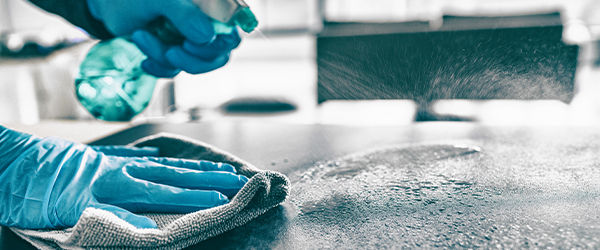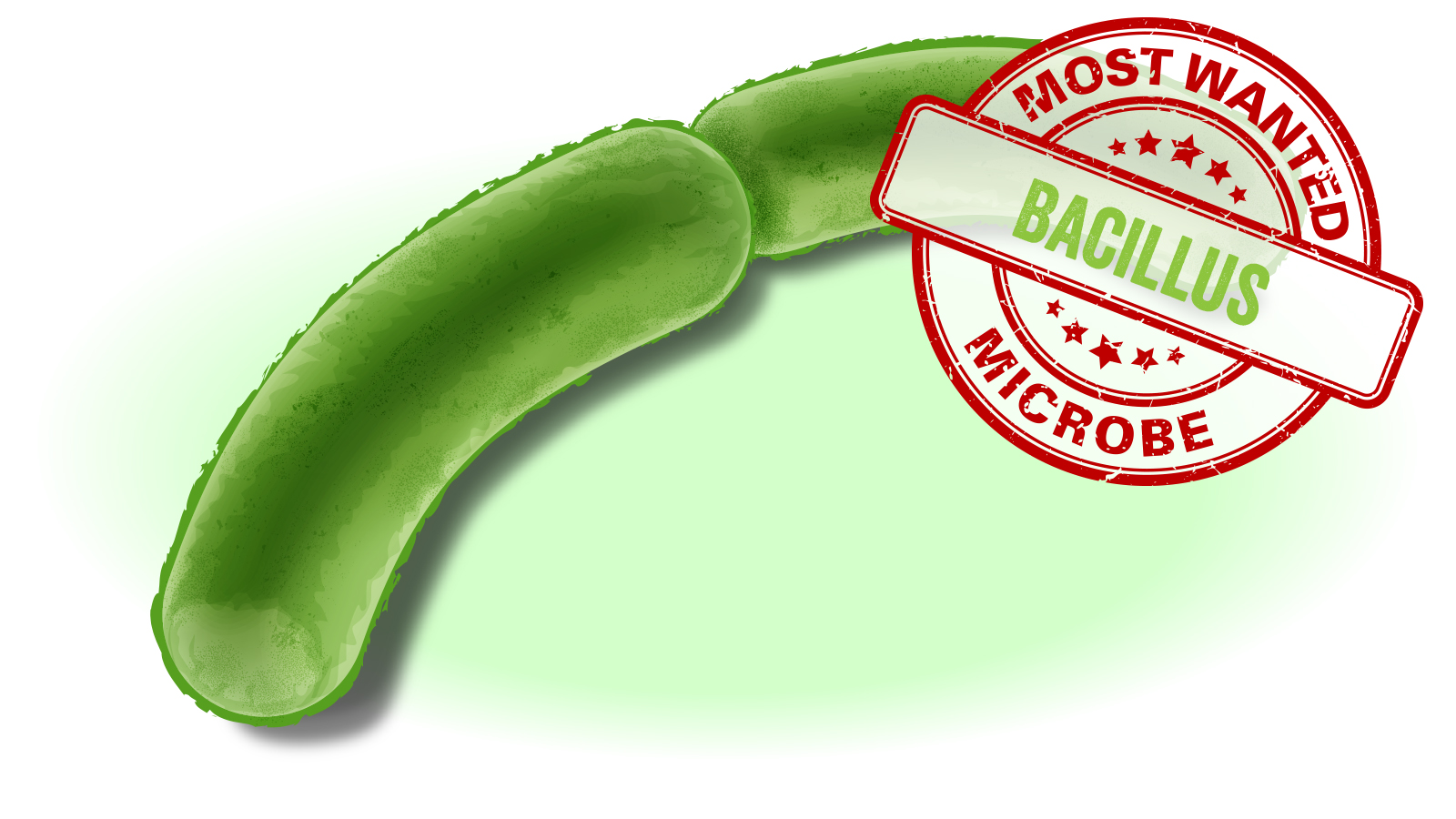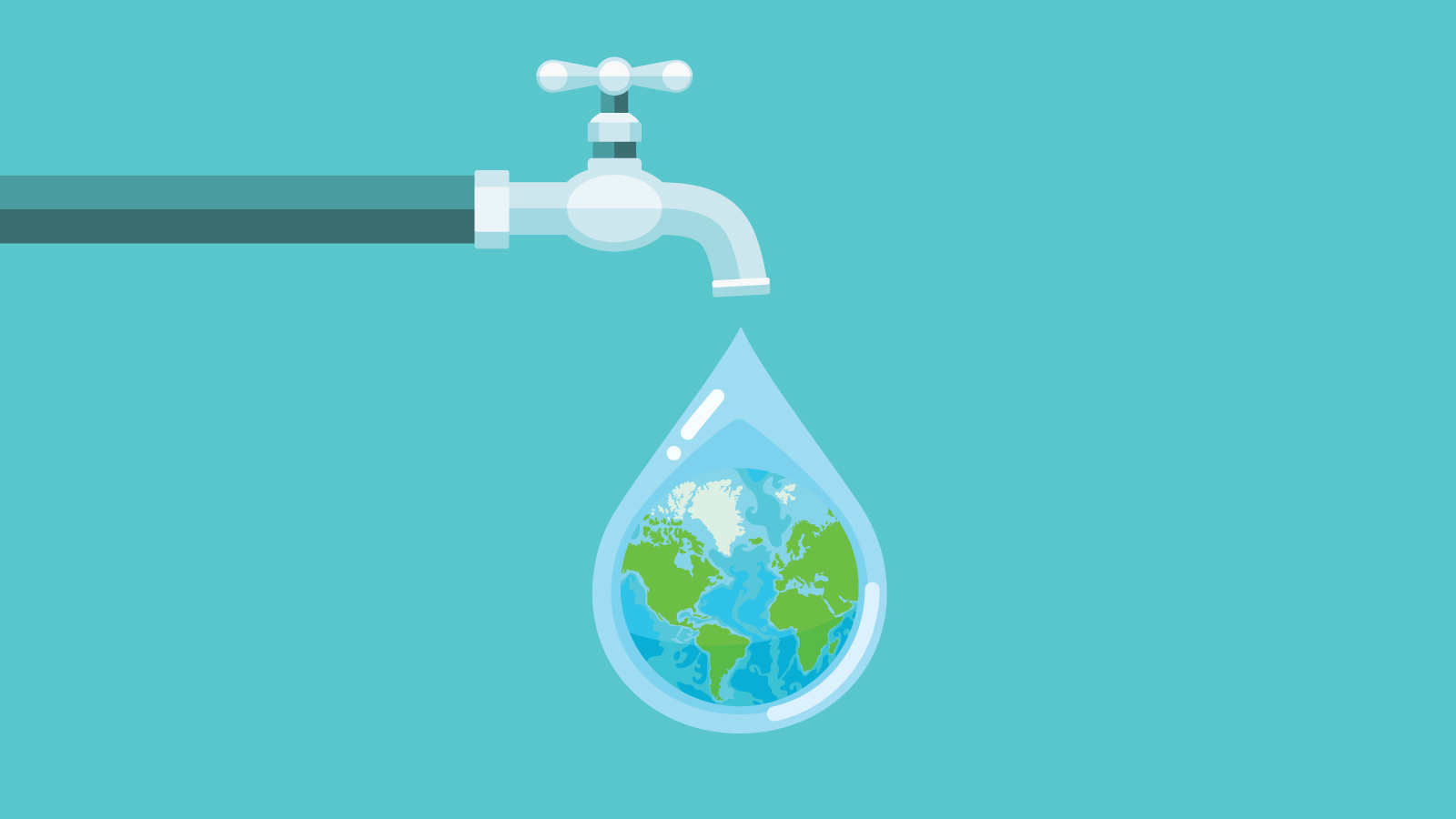The COVID-19 pandemic has increased the spotlight on how we clean and disinfect our environment. Special consideration is often made for objects deemed to be ‘high touch’ surfaces – this includes doorknobs, handrails, and various other items that we interact within our daily lives. As we return to shared spaces, there will be an increased need to ramp up and verify cleaning and disinfection protocols.
The key difference between ‘cleaning’ and ‘disinfecting’ is that cleaning uses a detergent to physically wash contaminants such as viruses off a surface (similar to washing your hands) while disinfectants use chemicals to kill a virus in place. US EPA and Health Canada maintain a list of disinfectants that may be appropriate for disinfection of SARS-CoV-2, the virus that causes COVID-19. Similar disinfectant repositories exist for other jurisdictions. There are also alternatives to chemical disinfectants including ultraviolet (UV) disinfection which used specifically design lights to kill microbes.
Concentration and contact time
Disinfection works on a principle referred to as CT which stands for concentration and contact time. Depending on the concentration of a disinfectant, it needs to be applied for a certain amount of time to adequately work. On the EPA List N: Disinfectants for Use Against SARS-CoV-2 the contact time is given for each product ranging from 30 minutes to less than a minute. It is critical that the manufacturer specifications are followed to ensure sufficient disinfection.
UV disinfection solutions
With UV light the same principles apply, however instead of a concentration of disinfectant, the concentration is given as the intensity of the light. In response to the COVID-19 pandemic, there have been a number of UV disinfection solutions for our environment (including ourselves) – but it’s critical to remember that in order for UV to provide disinfection, it has to contact the surface. Items in a pocket or briefcase are not disinfected and could potentially be vectors of transmission for SARS-CoV-2. This applies to UV disinfection as well as other disinfectants proposed for irregular surfaces.
Using environmental monitoring to verify disinfection
An important consideration for cleaning and disinfection of SARS-CoV-2 is verification monitoring. Slight changes in a disinfectant concentration or contact time can have significant unintended consequences. Monitoring is the only true way to confirm a building is in a safe state.
LuminUltra has launched an environmental testing solution that allows you to confirm whether a surface is in a safe state in as little as 90 minutes from the time of sampling. Learn more about surface testing here.









